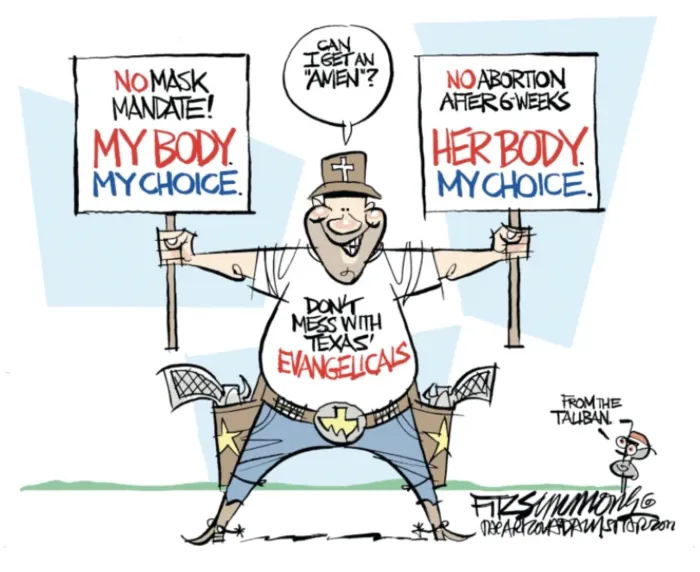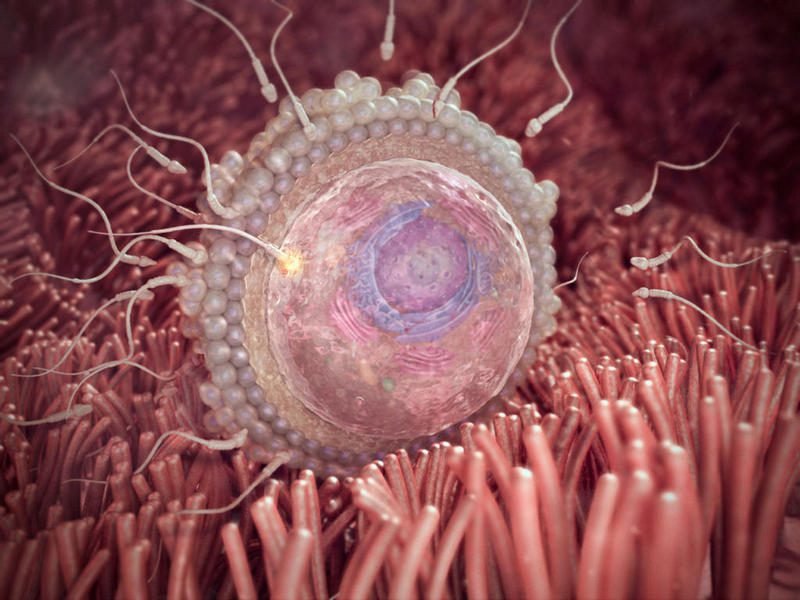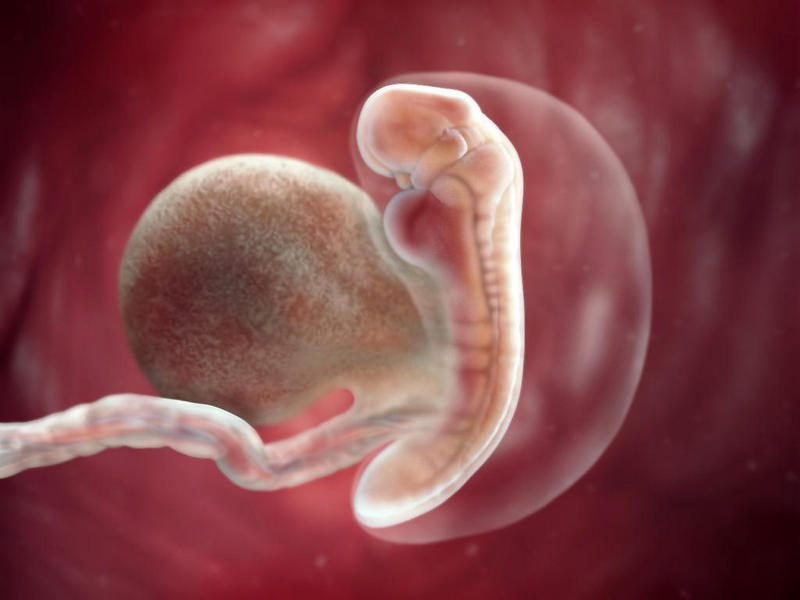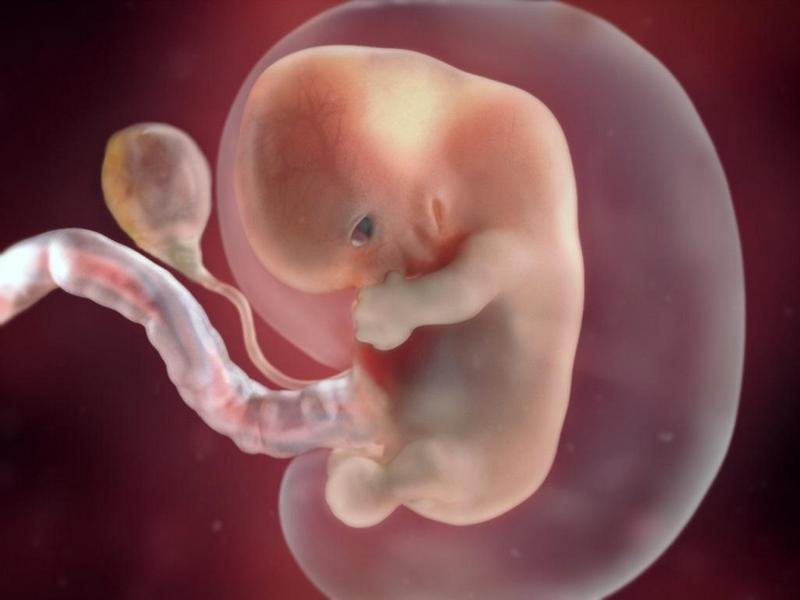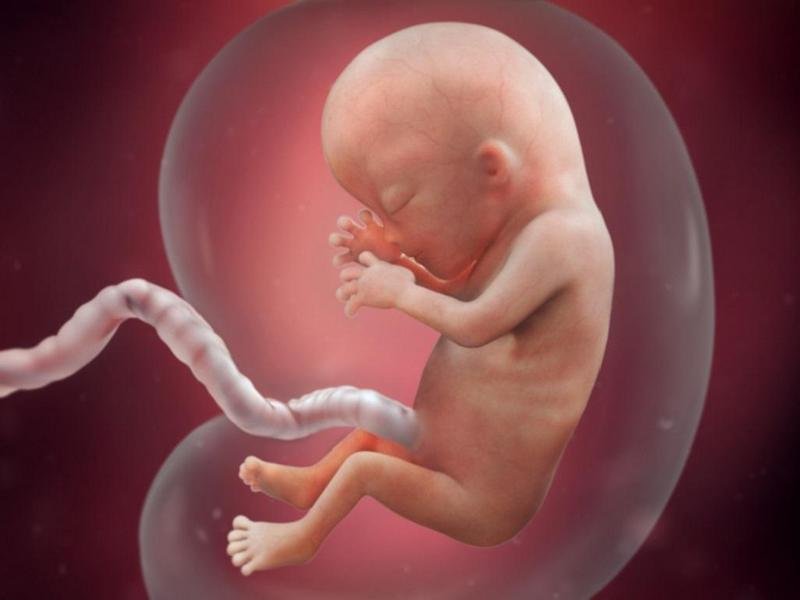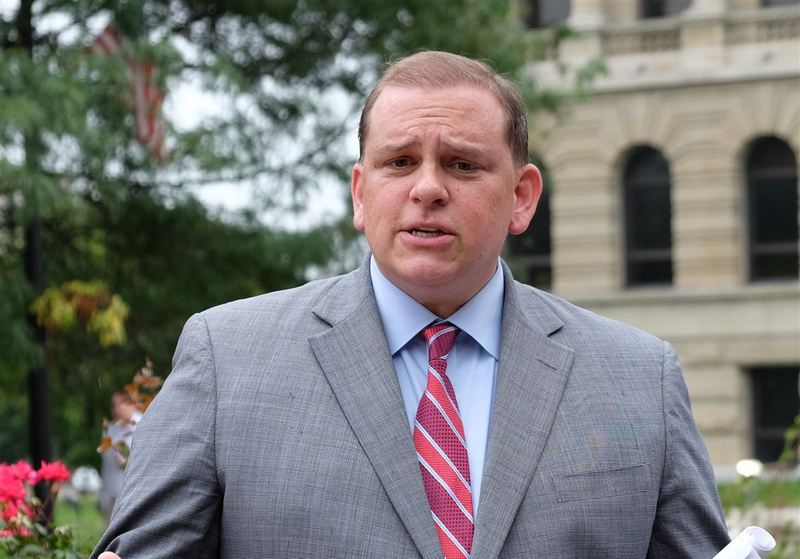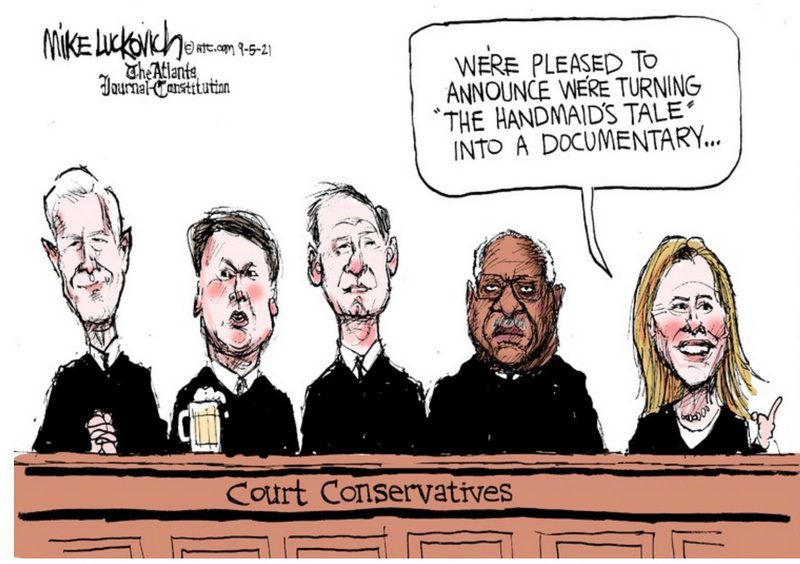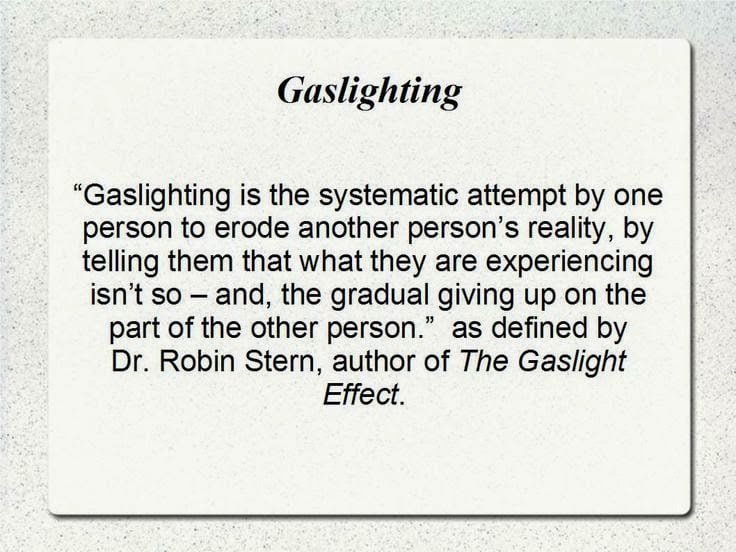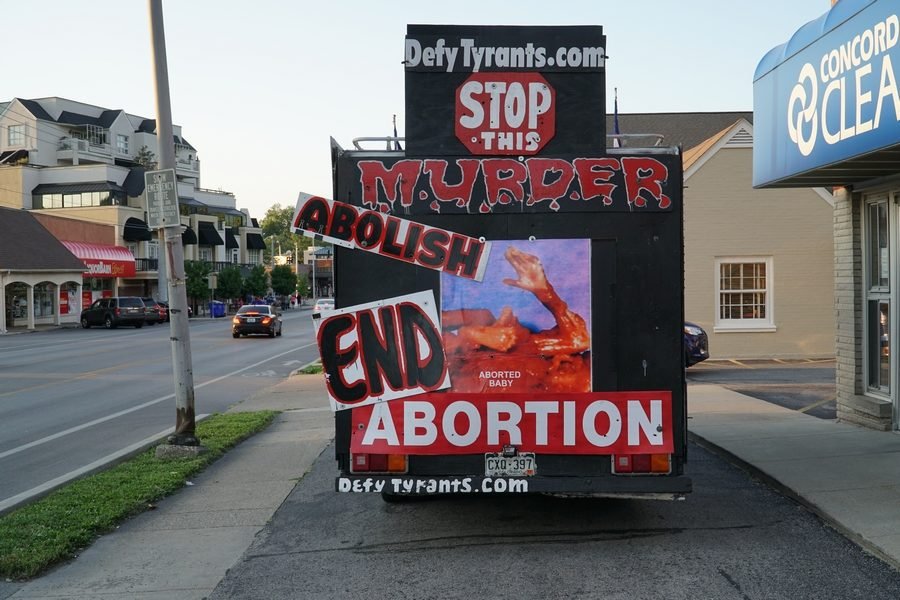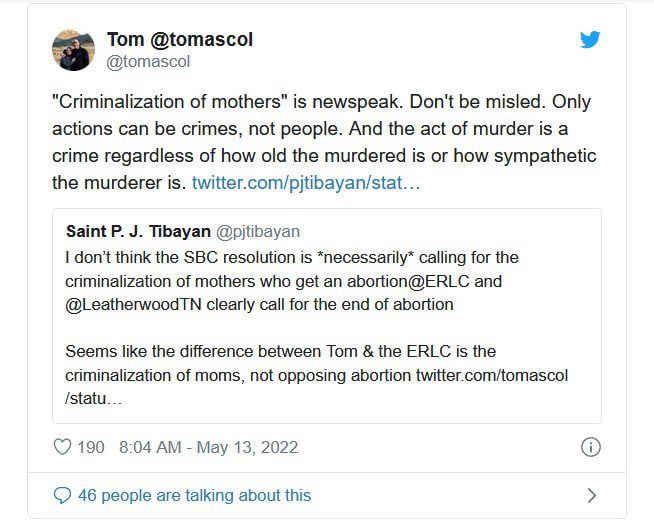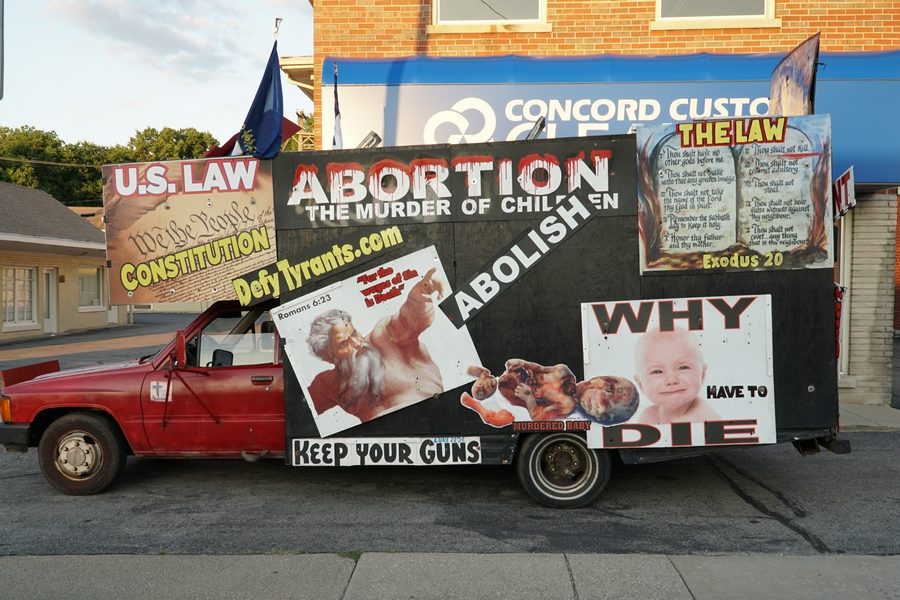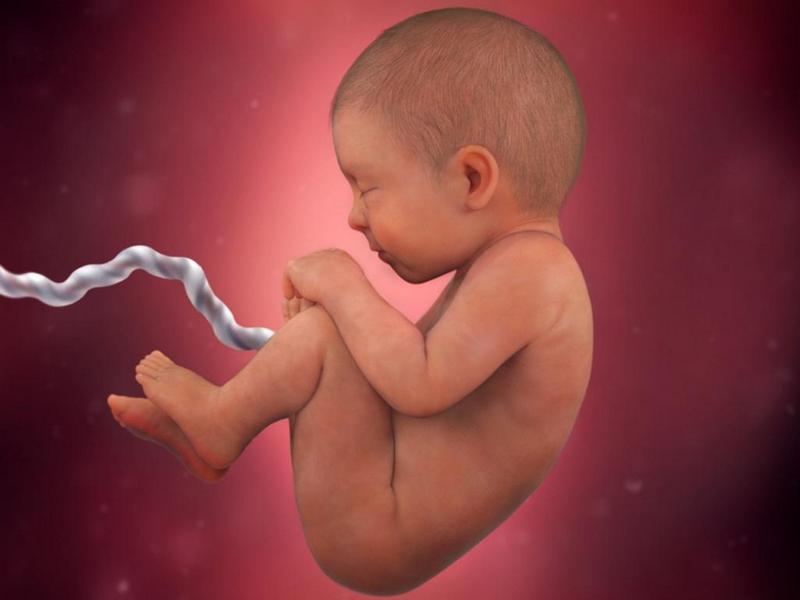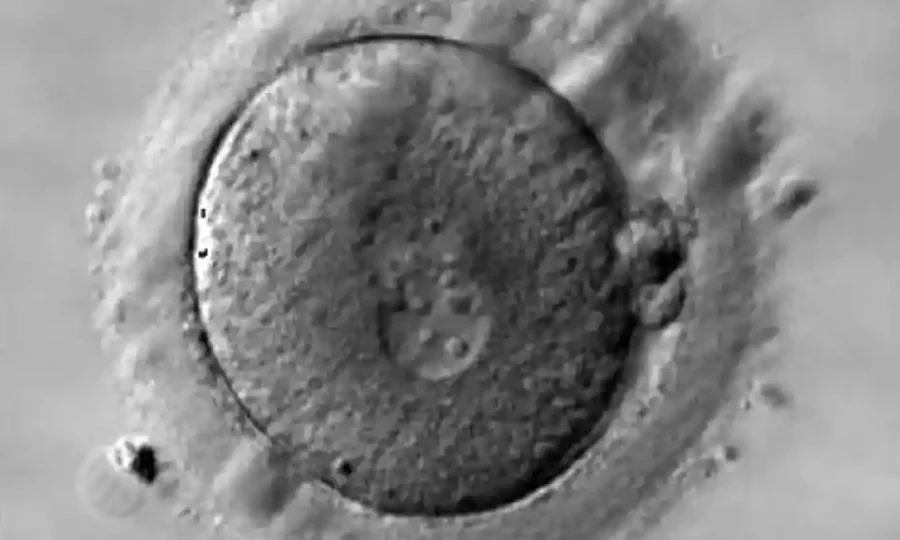
There is no other answer. Abortion is not for young girls or older women. Rape and incest are sins of the father or mother or both not a sin of the unborn child. They should not be punished for sins they have not committed even if the mother is as young as 5.
— Derrick Thomas Thiessen (AKA Dr. David Tee)
Christian Fundamentalism robs its adherents of the ability to think and reason. When a literalistic interpretation of a book that is believed to be inspired, inerrant, and infallible is the driving force of one’s life, out goes love, kindness, and common sense when it conflicts with “thus saith the Lord.”
One such person is Fake Dr. David Tee, whose real name is Derrick Thomas Thiessen. Tee is known for defending rapists, child molesters, and other miscreants. In the past few years, he has defended Bill Cosby, Ravi Zacharias, Bill Gothard, Bill Hybels, and other Evangelical degenerates. I have yet to read a post where Tee resolutely stands with victims of clergy sexual misconduct. I have long believed he defends such men because of his own scandalous past. Tee hides behind the “grace” of God, the “forgiveness” of Jesus, and the “sanctifying” power of the Holy Ghost.
Just when I think I have heard it all from Tee, he swims farther and deeper into the shit-filled cesspool of Bible literalism. Recently, the news reported a story about a pregnant ten-year-old child. (How she got pregnant remains unknown at this time.) Unable to get an abortion in Ohio, the girl planned to travel to Indiana to have her pregnancy terminated. Tee, of course, is outraged over this girl “murdering” her “baby.” Tee, a forced birther, makes no exceptions, even for rape or incest. Once the egg is fertilized by sperm, it is a human life that must be carried to term regardless of how it was conceived or what harm it may cause to its mother. I found myself saying, what kind of man is so loveless and heartless, that a zygote is more important than the life of a child? A Fundamentalist Christian who values his literalistic interpretation of the Bible more than the life and welfare of a young girl, that’s who.
We are expanding on a conversation we have been having at the Christian Post under the article- What the Church Must Do Post Roe— The topic is not Dr. brown’s content but about a 10-year-old girl getting pregnant. This discussion is related to the content found in this Fox news article that was published earlier in the week or last week- Gov. Kristi Noem asked if South Dakota will force a 10-year-old to have a baby on CNN’s ‘State of the Union’
For some people, this is a real dilemma and also a good excuse to continue abortion practices.
….
This may sock you and this is where the supposed moral dilemma comes in for some people. This is also where those who are pro-abortion use this scenario to promote the idea that abortion needs to be available and legal.
Should young girls who are raped or had sex at this young age be allowed to have abortions? We already know that most unbelievers will disagree with what we will say here but our view is that age is not permission to kill.
The Bible is very clear when it says thou shalt not kill. There is no age limit on that command and no exceptions are made for children. They are not allowed to kill and their parents cannot make that decision for them.
No matter how old the woman or girl is, abortion is wrong and sin.
….
We are and God is in our right minds as biblical instruction is very clear. The problem doe snot come from the age of the child but the sinful behavior of the adults around her.
….
Whether these young girls are ready or not to handle the changes their bodies and lives are going through is also due to the fact of the behavior of their parents.
….
It is also immaterial to the discussion. Why, as crimes and other events happen when people are unprepared for them in all aspects of life. This one does not make it special but may be used to draw more sympathy from the readers of that article. The failure of the family and relatives is exposed in these situations.
This is something that needs Christ and Christians to get involved and change. But that is not part of the moral dilemma. What is part of the moral dilemma is should these child mothers carry to term or have an abortion.
….
The lustful actions of the father, the rape they committed, and other things they did to have sex with the child are what make the father guilty and he should be punished. The child should not. Since people already know the risks of a childhood pregnancy, they also know how to care for the expectant mother and the unborn child.
Abortion is not part of that care. It is the easy out for most people and one they can sweep it under the rug and forget about. But the mother will not forget about the rape nor will they forget about the loss of their child.
This will take years for them to get over the trauma which is much worse than any so-called trauma of carrying the baby to term. With the right help, this ‘trauma’ is not really trauma. But rape and abortion are real trauma with the addition of the guilt or other feelings that they committed sin.
That is something no one in their right mind should put a young child through. The comment we got in response to our point about going after the father was not only that trauma issue but the prospects of death for both the mother and the fetus. Their exact words were “the fetus you seem to worship.”
For the first part, death from pregnancy or birth has been a part of this life since the beginning of time. It is a fact of life that even 20 to 40-year-old women must face. It is not a monopoly held by young girls. Death happens and we must be prepared for it.It is the line that we quoted that bothers us as we and every pro-life person are not worshipping the fetus. Trying to protect them and let them be born is not an act of worship but an act to stop people from sinning and killing innocent children.
But that is how unbelievers or believers in abortion will phrase their arguments. It is a moot point that distracts from the topic. The same person came back with the line ‘spoils her childhood’.
We have run into that term n South Korea as one person we disagreed with through newspaper articles, said he wanted his child to ‘a have a childhood.’ Whatever that means. There is no such thing as a childhood as children are born into different circumstances.
Plus, this concept of ‘having a childhood’ is very subjective and defined by people in different ways. There is a hint of hypocrisy to that attitude. These same people only care about ‘a childhood’ when their preferred method of taking care of a bad situation is excluded.
They do not apply that concept to the children of Bangladesh, Africa, or other countries who lost their childhood due to hunger and a lack of food; war, crimes, and so on. it is only selfishly applied by those who want the child to have an abortion.
There is no thought for the child that has yet to be born. Why are they not allowed a childhood? The reason people have a moral dilemma is that their morals are not rooted in God’s word but in their own concept of morality.
We have run into that many times as atheists, unbelievers and nominal Christians think they are greater than God when it comes to moral thinking. Or they think that dying is a punishment robbing them of life. They dismiss heaven and God’s salvation so they have no reward to look forward to.
Thus aborting an unborn child is not a problem for them as long as those women who are alive get to live a little longer or even pursue the accepted goals those people groups have decided are okay.
Having a 10-year-old carry a pregnancy to term is not wrong nor is it sinful. Nor is it a moral dilemma as technology has made so many advances that the care of these child brides is done properly and protects the life of both the mother and the child (forgoing any complications).
The unbelievers believe in technology and medical advances, they should be applying that belief to this subject as well. Instead of heaping lots of trauma on a little girl by forcing them to have an abortion and having them sin.
What Christians and unbelievers should be doing is going after those fathers and their sinful decisions that put the young girl in this position in the first place. That is the cause of all the problems and it is those men or boys who should be punished not the innocent unborn child.
The Bible supports that last point. To solve this problem we do not commit more sins, we fight to get rid of those sins and let Christ redeem those men and lead them to better moral behavior.
There is no other answer. Abortion is not for young girls or older women. Rape and incest are sins of the father or mother or both not a sin of the unborn child. They should not be punished for sins they have not committed even if the mother is as young as 5.
My friend from over the pond, Ben Berwick, took Tee to task for his forced-birth position for children regardless of how conception took place. Here’s what he had to say:
I’ve refrained from commenting directly on a certain conservative Christian’s posts, however their latest post, on the subject of abortion, more or less demands a response.
David’s post relates to this article from Fox News, which discusses the case of a 10-year-old girl from Ohio, who was raped, and fell pregnant as a result. She cannot get an abortion in Ohio (under draconian new laws), and so is hoping to travel to Indiana, where the law would still currently permit her to get an abortion.
David has quite a few things to say on this subject:
Should young girls who are raped or had sex at this young age be allowed to have abortions? We already know that most unbelievers will disagree with what we will say here but our view is that age is not permission to kill.
The Bible is very clear when it says thou shalt not kill. There is no age limit on that command and no exceptions are made for children. They are not allowed to kill and their parents cannot make that decision for them.
Hang on, is David suggesting what I think he is suggesting? Is there absolutely no room in his heart to consider the impact of a rape-derived pregnancy on a child?
Whether these young girls are ready or not to handle the changes their bodies and lives are going through is also due to the fact of the behavior of their parents.
Wait, what?! The behaviour of their parents won’t magically make it safe for a 10-year-old to carry a baby to term! Pregnancy and childbirth kill adults on a regular basis, much less a child’s body, and there is no level of parental preparation that can physically ready a child for all the physical and hormonal chaos of pregnancy. Even assuming that a child is physically capable of birthing a baby, how does a parent prepare their child for the psychological impact of having a baby, especially one born out of rape and abuse?! There seems to be absolutely zero empathy or sympathy in David’s position for children, which is incredibly ironic for a supposed champion of life. It’s very clear that David cares only about forcing birth, not about quality of life (indeed, some recent allegations lend weight to this attitude of his, if they are true).
David quotes from elsewhere:
The trauma of what has happened to these girls, many too young to understand what was happening to them and some who had never heard of contraception, is etched on the faces of the mothers (Ibid)
In response, he has this to say:It is also immaterial to the discussion. Why, as crimes and other events happen when people are unprepared for them in all aspects of life. This one does not make it special but may be used to draw more sympathy from the readers of that article. The failure of the family and relatives is exposed in these situations.
See what I mean? David has no room in his heart for kindness, even to victims of serious, horrific crimes. The young girls in these situations appear to be irrelevant to him; their pain, their suffering… it’s as though he’s shrugged his shoulders and said ‘oh well, bad things happen, now get over it, you’re not the real victim here’.
Our next point in our conversation was the person who should be gone after and dealt with is NOT the unborn child but the person who created this problem in the first place. We are not blaming the pregnant child here.
The lustful actions of the father, the rape they committed, and other things they did to have sex with the child are what make the father guilty and he should be punished. The child should not. Since people already know the risks of a childhood pregnancy, they also know how to care for the expectant mother and the unborn child.
Abortion is not part of that care. It is the easy out for most people and one they can sweep it under the rug and forget about. But the mother will not forget about the rape nor will they forget about the loss of their child.
This will take years for them to get over the trauma which is much worse than any so-called trauma of carrying the baby to term. With the right help, this ‘trauma’ is not really trauma. But rape and abortion are real trauma with the addition of the guilt or other feelings that they committed sin.
How can David possibly believe that forcing a child to proceed with a pregnancy they did not want (and that will physically and emotionally destroy them) is less traumatic than getting an abortion? Children — and this might sound shocking to David — should have a childhood. The child in this situation is a victim and already subjected to more anguish than any child should have to go through, but he would inflict more upon her, because her life matters less than the embryo inside her. David says he’s not blaming the child, and that the child should not be punished, but forcing them to go through with the pregnancy (I wonder if David is aware that globally, the leading killers of girls under 17 are pregnancy and childbirth) would be a punishment. David cannot begin to understand what it would be like, he is not a parent (well, allegations notwithstanding, though if they are true, he abandoned those responsibilities long ago), and he cannot get pregnant, so he will never be at risk from all the complications pregnancy can bring, especially for a child. His lack of any form of compassion for the victim of sexual assault is horrifying, and stands at odds with all his claims of being a good Christian.
There is no other answer. Abortion is not for young girls or older women. Rape and incest are sins of the father or mother or both not a sin of the unborn child. They should not be punished for sins they have not committed even if the mother is as young as 5.
I didn’t include this paragraph in my earlier version of this post, as I did not read to the end (why would I?). Upon further reading, I came across this horrific finale to David’s post. To put it bluntly, fuck the notion of sin. It is used to justify inflicting horrible pain on children, and David is so consumed by how important sin is, that he is no longer capable of any expression of sympathy or empathy, even with victims of abuse.
Updated 9th July: David left a comment here (I have no inclination to share his comments anymore), advising he’d left a response on his post. Here is his response in its entirety:
We did a lot of thinking before approving this comment. MM’s post shows zero empathy and sympathy for the unborn child so he has no moral or responsible argument. His words are moot. It also shows that MM believes 2 wrongs make a right
David is a hypocrite. He cares nothing for the ten-year-old. In a hypothetical scenario, where she stood in front of him, frightened, in pain, already traumatised from the assault against her, what would he say? He’s already hinted at this, earlier in his post. ‘Why, as crimes and other events happen when people are unprepared for them in all aspects of life. This one does not make it special but may be used to draw more sympathy from the readers of that article.’
Emphasis mine. Would he say something like that to the scared child if she were stood in front of him? Why does her life not matter?
— end of Ben’s post —
Tee responded to Ben’s article with a post titled Is it a Moral Dilemma? — Part Two.
Ben wrote another response to Tee’s post, forcing Tee, under the direction of the Holy Spirit and his warped sense of “morality” to respond thusly:
They Do Not Choose Right.
Or they just use bad logic. MM made a short response to our last post and underneath it was this comment:
“After thousands of years, the unbelieving way has not produced any solutions to the problems of this world.” – Yet we’re living in the same world, so that would mean the “believing” way hasn’t produced any solutions either.”
The unbeliever does not see the forest for the trees. Yes, we live in the same world but that does not mean we believers do not have solutions. It means that the unbelieving world, like unbelieving scientists, do not want God a part of their world.
They exercise their free choice and choose wrong.. We know this as they want government to be secular. not Christian. There was a recent article where unbelievers were complaining that some of the Supreme Court justices were praying with other Christians.
The unbelieving world does not want God or Christians bringing the solutions that trouble the world. Instead, they rather follow deceived, lost people and complain about the world’s state and create more laws impeding people’s rights.
They continue to choose the wrong paths because they think they are better and know more than God. We can point, as another example, to how unbelievers try to thwart Christian adoption agencies, universities hamper Christian groups, or how different atheist organizations continue to interfere with Christians being a part of government, or using schools for Christian activities.
If anything, the unbeliever gets in the way of Christians implementing the answers the world needs today. They are too arrogant, stubborn, deceived, and blind to see they are the ones responsible for the way the world is as well as too proud to admit they are wrong and ask God humbly for help.
True Christians have been teaching the answers for millennia and the thanks they get is martyrdom, persecution, (See recent stories about Justice Kavanaugh, the Roe v. Wade protests, threats made against pro-life people, and so on), loss of employment, (see the cases against the different bakers, florists, the coach praying at midfield, and more).
Do not blame the Christian blame the unbelieving for the state of the world.
I commend Ben for trying to thoughtfully respond to Tee. Not that there’s any hope of changing Tee’s mind. He believes God lives inside of him; that he has the mind of Christ; that his words are the same as God’s. When someone has a God complex, there’s not much you can do to reach him. While both Ben and I have refrained from responding to Tee’s nonsense since the start of the year, his words in this instance were so egregious that they required a response.
Bruce Gerencser, 68, lives in rural Northwest Ohio with his wife of 47 years. He and his wife have six grown children and sixteen grandchildren. Bruce pastored Evangelical churches for twenty-five years in Ohio, Texas, and Michigan. Bruce left the ministry in 2005, and in 2008 he left Christianity. Bruce is now a humanist and an atheist.
Your comments are welcome and appreciated. All first-time comments are moderated. Please read the commenting rules before commenting.
You can email Bruce via the Contact Form.


